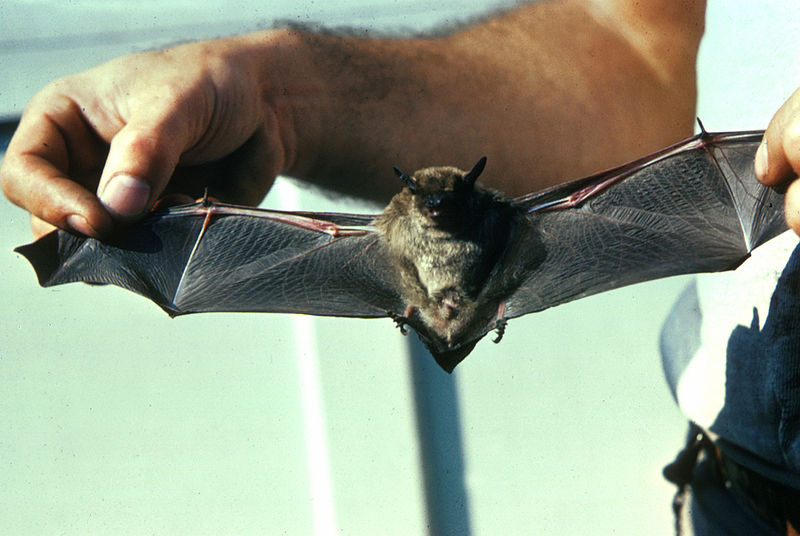
Category: Mammals

One of the most common of North American bats, this species belongs to the genus known as “mouse-eared bats.” Little brown bats are not true hibernators, since they will emerge from their torpor on warm days in winter to hunt for insects who have also emerged as a result of warmer temperatures. Since many of their insect prey (such as mosquitos and mayflies) have aquatic life cycles, these bats prefer to roost near water. These bats are considered valuable to agriculture, since they eat many species of agricultural pests.

A 200 Million Year-old Iconoclast
If a defining trait of mammals is that they give live birth to their young, how do you explain monotremes? Monotremes are mammals that lay eggs like a reptile, rather than giving birth to live young. Living examples of these unusual animals can only be found in Australia and New Guinea today, though they used to be more widespread. A monotreme egg has less yolk for supplying nutrients than a reptile egg, and when a young echidna or platypus hatches, it is very tiny and less developed than its reptile counterpart. But monotreme babies are able to grow and thrive because their mothers stay with them, lactating to supply vital nutrients for their growth - just like other mammals!
Learn more >>
 Discover Animals is a web-based educational resource offered by the NAIA
Discover Animals is a web-based educational resource offered by the NAIA